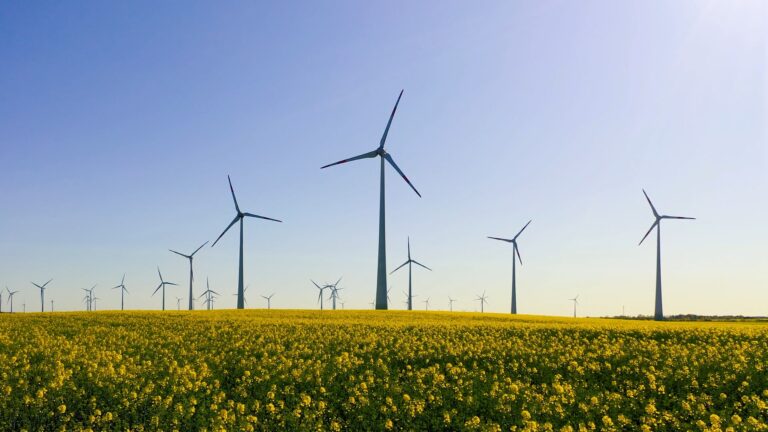FAQ
The prevailing mode of thermal conduction in conventional thermal insulation is through the conductivity of the enclosed air. If air is totally removed the thermal conductivity is zero. Thus only a small amount of thermal conductivity by radiation and the solid skeleton of the highly porous material remains.
The material needs to have open pores in order to be evacuable and it has to be able to sustain the enormous pressure load of the atmosphere, which is equivalent to 10 tons per square meter. Despite this load its density and thermal conductivity should be as low as possible. Suitable materials are microporous powder panels, glass fibres and open-porous foams.
Silica powder has the same chemical structure as ordinary sand. Due to a special process, however, extremely fine powder particles (several millionth of a millimetre small) can be produced. These silica powder particles are pressed to boards with voids being a factor of 20 to 100 smaller than other materials like perlite powders, glass fibres or organic foams. The requirements of the level of vacuum are therefore also a factor of 20 to 100 lower. Through microporous silica powder boards, it is possible to reach a very low thermal conductivity even with a moderate vacuum (10 to 100 mbar).
With special high gas barrier films as wrapping it is possible to maintain the required vacuum level for many decades. These films contain only extremely thin layers of aluminium, which does not enhance thermal conductivity at the VIP rim. Through these high barrier films a typical increase of gas pressure within the vacuum panel of less than 1 mbar per year is made possible. With microporous silica boards as filler, vacuum insulation panels can have a life span of several decades.
The high barrier film around the vacuum panel should not be damaged. If the plastic film is punctured and air flows in, the thermal conductivity rises up to 0.020 W/mK. Therefore it is not possible to cut vacuum panels to the appropriate size on site. Equally it is not possible to puncture them with dowels or similar items. Beside these limitations, vacuum panels can be glued to other surfaces or integrated into different constructions with appropriate covers.
In general, thin vacuum panels can be bent into cylindrical forms within some limitations. The thinner the panel, the smaller the possible curvature radii. Regular vacuum panels cannot be formed into complex forms with two-dimensional curvatures like spherical parts or similarily complicated shapes. However, new technologies allow us to produce more complex shapes, even panels with holes. Please contact us for details if you have special requirements.(=> VACI-Project).
For a cost-efficient production vacuum panels with standard dimensions (1000 mm x 600 mm) are preferred. va-Q-tec can, however, also produce custom sized panels according to the customer’s request. The largest possible sizes are 1000 mm x 600 mm and 1000 m x 500 mm. Standard thicknesses are 10 mm, 20 mm, 30 mm and 40 mm.
The microporous filling can sustain temperatures of up to 900 °C without damage. The outer plastic barrier film, however, can tolerate temperatures up to 80°C, but at permanently applied temperatures above about 40°C to 50°C significantly more air gases and water vapor passes through than at room temperature. This limits the duration of the application.
Short term exposures of high humidity don’t cause any problems to the used films of the vacuum panels. However they should not be exposed to high humidity for longer periods of time, especially in combination with high temperatures. Therefore, it is advisable to install humidity barriers in such a way that the vacuum insulation panels are kept dry.
The high barrier film is wrapped around the panel in a special procedure yielding wrinkle free edges and surfaces. Vacuum panels from va-Q-tec can be joined together without gaps, minimizing heat bridges. The gas pressure of every vacuum panel that leaves va-Q-tec’s production is measured by our unique quality assurance system “va-Q-check”. Customers can also easily check the gas pressure of the panel with a hand-held version of the va-Q-check test system. These quality checked high barrier films used by va-Q-tec warrant a very long life time.
The vacuum panels’ core material, e.g. microporous silica, is a valuable raw material which can be reused. No harmful influences to the environment or health are caused by the core and cover material.
TempChain is short for temperature controlled supply chain. va-Q-tec uses the term because temperature sensitive goods sometimes requires temperature ranges that are other than cold.
GDP stands for Good Distribution Practice and refers to a quality warranty system that is created to ensure the quality standards for distribution of pharmaceutical products.
